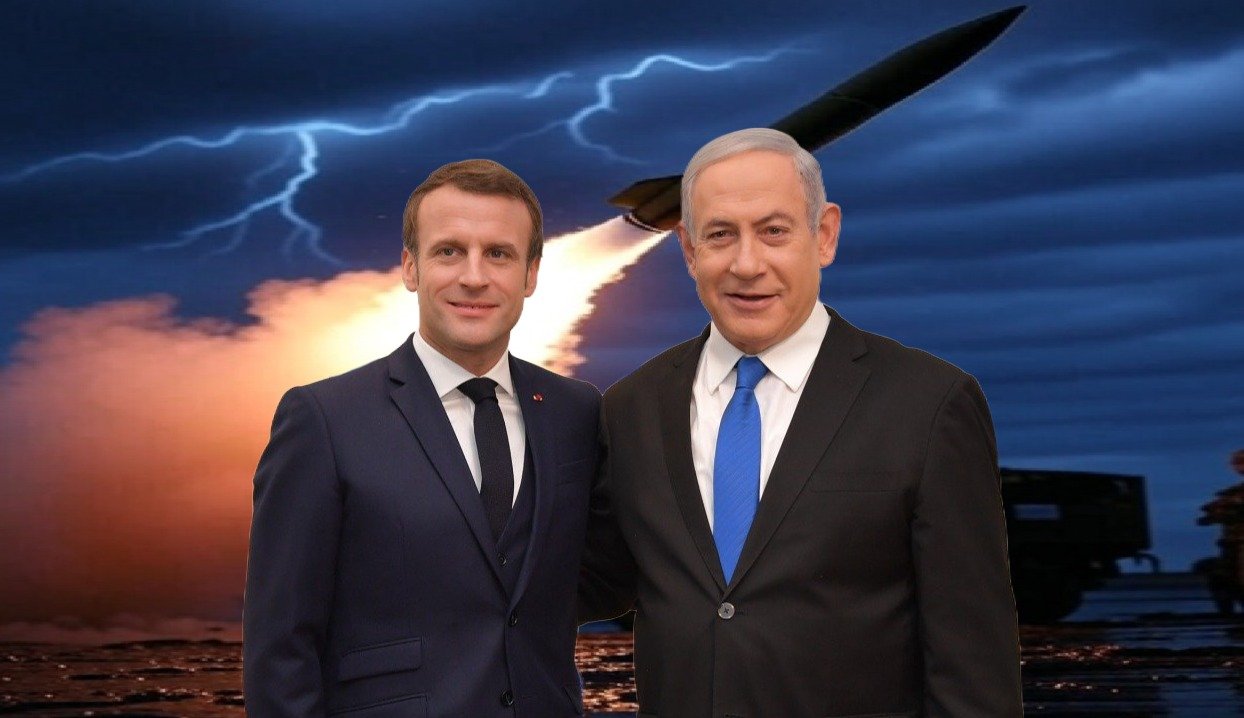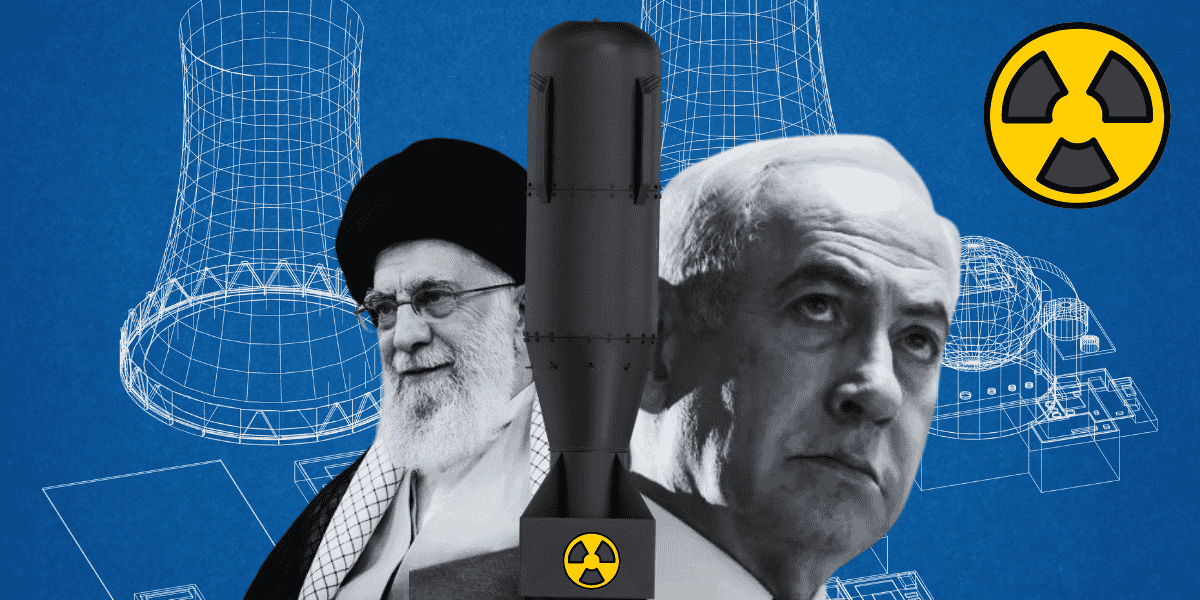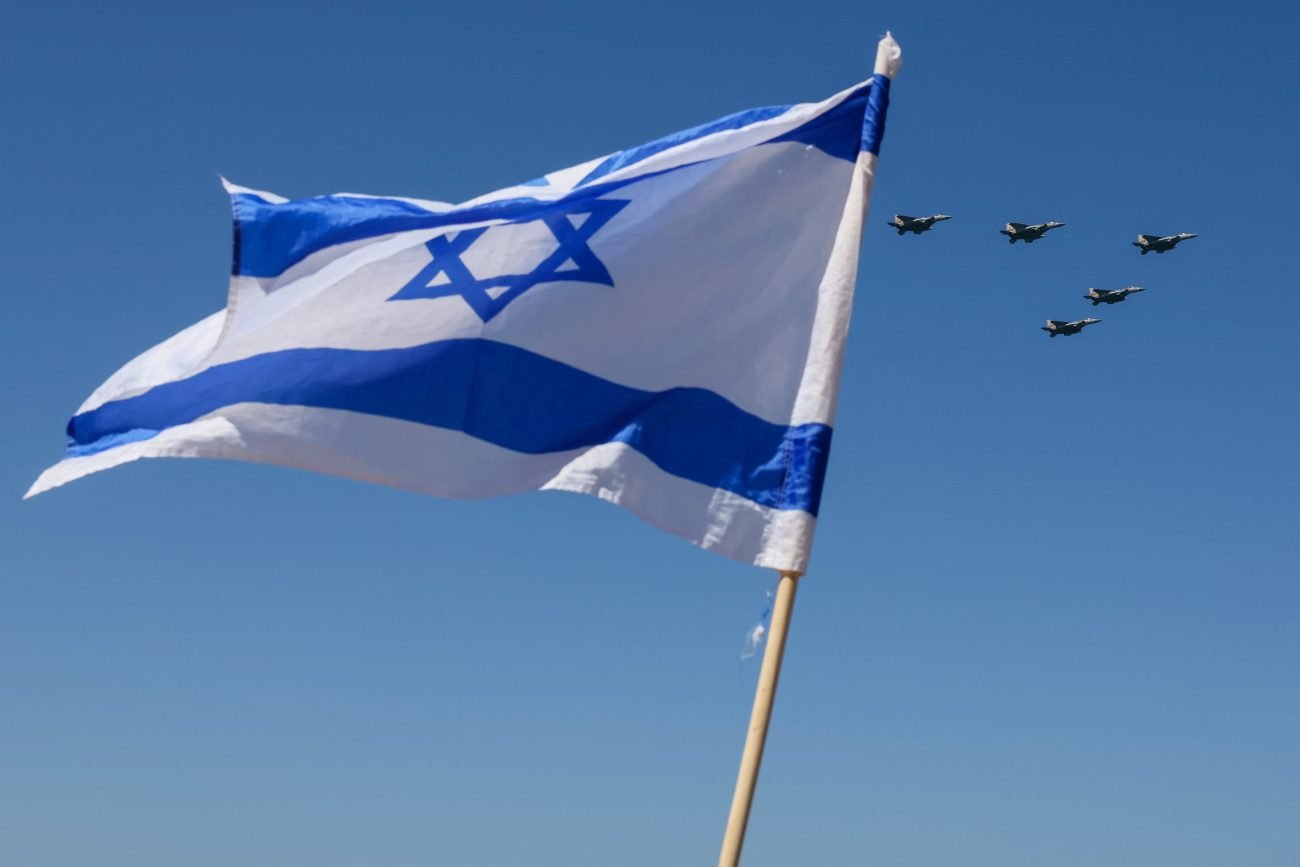Ever since the end of the Second World War in 1945, Europe has been known as the continent of peace. However, that peace was shattered when Russia invaded Ukraine in 2022.
Two years later, Europe leads the world in military spending and recorded the highest number of conflict-related fatalities in the world, according to the SIPRI Yearbook 2025.
Europe recorded the lowest number of conflict-related fatalities during 2018–21. Fast-forward to 2024, and Europe is the deadliest place on earth, recording over 77,000 conflict-related fatalities, even more than sub-Saharan Africa.
Similarly, between 2015 and 2024, the defense spending by Europe increased by a staggering 83 percent.
Together, these two figures illustrate the profound impact one war can have on the strategic culture of a continent.
No longer is Europe known for its borderless states. Instead, the continent is spiralling into a dangerous arms race with countries boosting their defense spending and ramping up their weapons stockpiles.
Europe Records Highest Conflict-Related Fatalities
According to the SIPRI Yearbook 2025, Europe recorded 77,771 conflict-related fatalities in 2024. Interestingly, Europe recorded the lowest number of such fatalities between 2018 and 2021.
Europe has recorded 37,045 conflict-related fatalities in 2023. The doubling of estimated conflict-related fatalities in Europe was due to the increased intensity of the Russia–Ukraine war in 2024.
Notably, Europe has recorded just 285 conflict-related fatalities in 2021, before the start of the Russia-Ukraine war. From 2021 to 2024, in three years, the number of conflict-related deaths in Europe increased by a shocking 27,188 times.

Sub-Saharan Africa was in second place with 67,215 conflict-related fatalities. The 3.5 per cent rise in estimated fatalities in sub-Saharan Africa was primarily associated with the war in Ethiopia.
The Middle East and North Africa region was in third place with 44,317 conflict-related fatalities. This region also witnessed a 27 % increase in fatalities, primarily due to the widening of the Israel–Hamas war.
In contrast, there were small drops in the numbers of estimated fatalities in the Americas and in Asia and Oceania. The fatality rate in the latter has more than halved since 2021, despite the ongoing civil war in Myanmar. This reflects the relative lack of violence in Afghanistan since the Taliban takeover in 2021.
![]()

Overall, 239,153 people died in 2024 due to armed conflicts, recording a nearly 27 percent increase over the figure of 2023. In 2023, as many as 188,340 people were killed in armed conflicts.
This was the fourth straight year recording an increase in the number of people dying due to armed conflicts.
There were five major armed conflicts in the year (i.e., involving over 10,000 reported deaths): the Israel–Hamas and Russia–Ukraine wars, the civil wars in Myanmar and Sudan, and the subnational armed conflicts in Ethiopia. This was one more than in 2023.
Europe Leads The Way In Military Spending Jump
The Russia-Ukraine war has also forced European countries to increase their defense spending.
According to SIPRI, Europe spent USD 693 billion on defense in 2024, marking a 17% increase on the 2023 figure. This was the highest one-year jump for any region, followed by the Middle East, which saw a 15 % jump in defense spending.
Between 2023 and 2024, North Africa experienced an 8.8% increase in defense spending, while the Americas saw a 5.8% increase and Asia and Oceania saw a 6.6% increase in defense spending.
Estimated global military expenditure rose for the 10th consecutive year in 2024, to reach $2.7 trillion, driven by the Russia–Ukraine war and other armed conflicts and geopolitical tensions. The 9.4 percent increase in total military spending in 2024 pushed estimated world spending to the highest level recorded by SIPRI.
As a result, the global military burden—world military expenditure as a share of the world’s gross domestic product (GDP)—rose to 2.5 per cent. For countries experiencing major or high-intensity armed conflicts in 2024, the average military burden was 4.4 percent, compared to 1.9 percent in countries without such conflicts.
Between 2015 and 2024, global military expenditure rose by 37 percent, increasing across all five geographic regions. The biggest increase was in Europe (+83 percent), followed by Asia and Oceania (+46 percent), the Americas (+19 percent), the Middle East (+19 percent), and Africa (+11 percent).
However, despite the 83 percent increase in military spending by Europe, the United States remained by far the largest military spender in the world.

Its expenditure of US$997 billion in 2024 was 3.2 times more than the next biggest spender, China.
Within Europe, almost all countries saw a jump in their defense spending. Spending went up in Russia (+38 percent) and Ukraine (+2.9 percent) during the year, while 17 of the 30 European members of the North Atlantic Treaty Organization (NATO) reached or surpassed the alliance’s 2.0 percent of GDP spending guideline, with notable spending increases recorded by Romania (+43 percent), the Netherlands (+35 percent), Sweden (+34 percent), Poland (+31 percent) and Germany (+28 percent).
The manifold increase in European defense spending was also reflected in the data on the volume of major arms imports by Europe during the 2020-2024 period.
According to the report, during this period, Europe’s share in the volume of major arms imports was 28 percent, second only to Asia and Oceania at 33 percent. Additionally, compared to the 2015-2019 period, Europe experienced a significant 155% increase in the volume of arms imports.
Additionally, between 2020 and 2024, for the first time, a European country, Ukraine, emerged as the world’s largest arms importer. Ukraine’s share in global arms imports during this period was 8.8% of the global arms imports.
European countries have also earmarked up to 800 billion euros (approximately US$920 billion) for defense through 2030. This increased defense spending will certainly initiate a new arms race on the European continent, which can become a cause for future military conflicts.
The Russia-Ukraine war has entered its fourth year, and there are no signs of an early resolution of the conflict. This war has pushed Europe into uncharted territory. The continent of peace is headed towards rising conflict-related fatalities, increasing defense spending, and a renewed arms race.
- Sumit Ahlawat has over a decade of experience in news media. He has worked with Press Trust of India, Times Now, Zee News, Economic Times, and Microsoft News. He holds a Master’s Degree in International Media and Modern History from the University of Sheffield, UK.
- VIEWS PERSONAL OF THE AUTHOR.
- He can be reached at ahlawat.sumit85 (at) gmail.com






